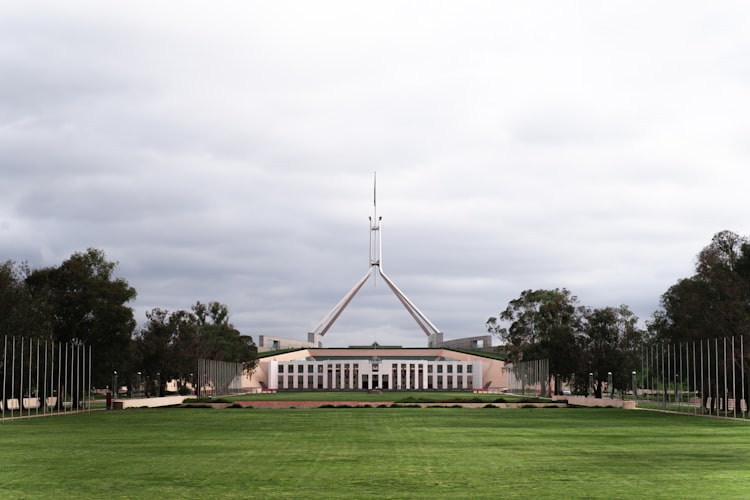
Your recycling is being transformed into everyday items like egg cartons, takeaway packaging, park benches and outdoor decking – and you might not even know it!
We’re enabling businesses like Tambo Waste to increase their capacity to recover and reprocess plastics, paper and cardboard.
With $130,000 in funding through our Recycling Industry Transition Support grants, Tambo Waste upgraded their facilities to sort commingled kerbside recycling into separate high grade materials. By separating recyclable materials, they can be sold and made into new products here in Victoria.
 Since the funding upgrades Tambo Waste has:
Since the funding upgrades Tambo Waste has:
- sorted more waste – the new equipment automatically sorts metals, allowing staff to focus on recovering more plastics
- recovered an additional 138 tonnes of material for recycling over three months, diverting it from landfill
- reduced contamination of sorted materials
- employed four more full time positions.
This is part of our work to:
- strengthen our market in recycled materials
- build confidence in the system
- support Victoria’s circular economy policy, Recycling Victoria.
What your recycling is being turned into
You might be surprised to know that your past recycling is in plain sight every time you visit your local supermarket or get a tasty takeaway treat.
 Tambo Waste is one of many local recovery facilities that takes your recycling, sorts it and sends it off to local manufacturers to be made into something new.
Tambo Waste is one of many local recovery facilities that takes your recycling, sorts it and sends it off to local manufacturers to be made into something new.
At the Gippsland facility, your emptied cereal box or old envelope is sorted from other recyclables and sent to manufactures. There it’s moulded into egg cartons or wine-dividers found at local stores.
Recycled paper and cardboard can also be made into packaging for shipping, takeaway packaging and office paper.
Once these items are used, they go through the recycling process again – collection, sorting and processing.
On the other hand, your recycled plastic, is finding even more inventive ways to go unnoticed, by mimicking the look of other materials. Your milk bottles (made from HDPE plastic) are being used to make outdoor decking, park benches and even wheelie bins.
Plastic from soft drink bottles is being recycled and used again as soft drink bottles and containers for salads and sandwiches.
Coloured plastic bottles aren’t as versatile as their transparent counterparts, as their colour can’t be removed. Instead, they are used as construction materials for buildings and infrastructure.
These are just some examples of your recycling being turned into new products. If you would like to know more, visit Know your recycling.
What’s contamination?
When recyclable materials are mixed with items that don’t belong in the recycling bin, they get contaminated. This can make it harder for operators in recovery facilities to separate and sort things that can be recycled.
This means less materials can be sold onto manufacturers and used again.
That’s why supporting businesses like Tambo Waste to increase their sorting ability is so important. But we all have a role to play by getting our recycling right at home first.
What doesn’t belong in my recycling bin?
- Soft plastics including shopping bags, cling wrap and soft plastic packaging and wrappers. Gather these separately and find out where to recycle these in your community, such as at your local supermarket.
- Keep items out of plastic bags. This one is easy: just bin it – don’t bag it! All recycling items should be loose in the bin. If they are in a plastic bag, the whole lot has to be ditched.
- Clothing cannot be processed at recycling centres, so donate wearable clothing to a local charity instead, or reuse as rags around the home.
- Leave green waste out of the recycling bin. If you have a green bin, put all your grass clippings, prunings and garden waste in there.
- Electronic-waste – this includes any electrical items with an electric cable or battery including phones, cables, batteries and computers.






